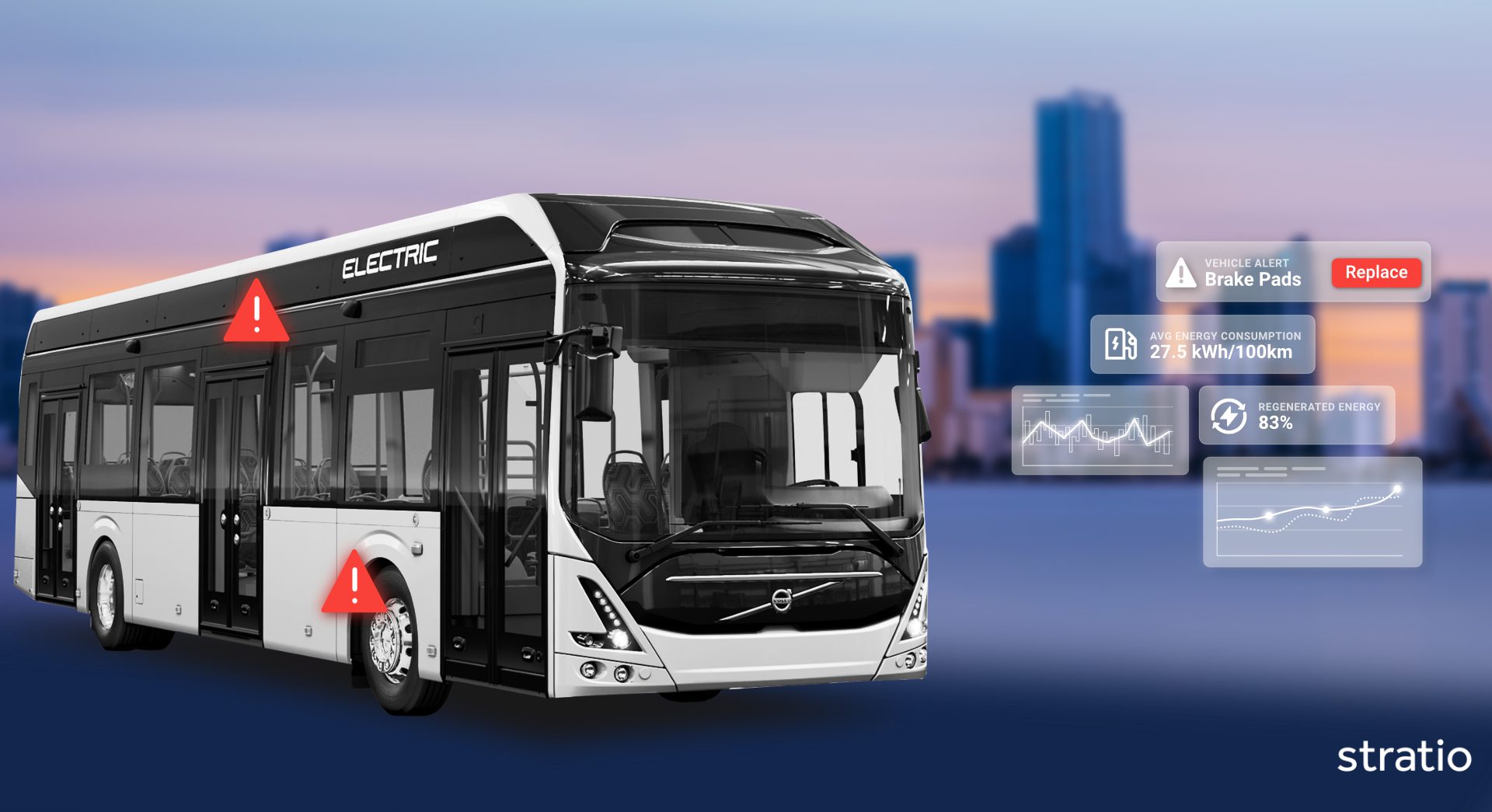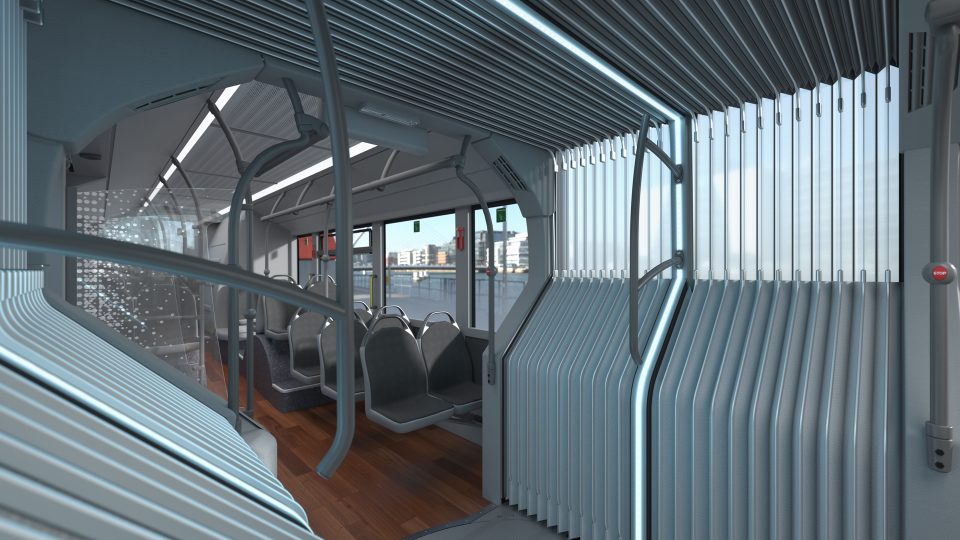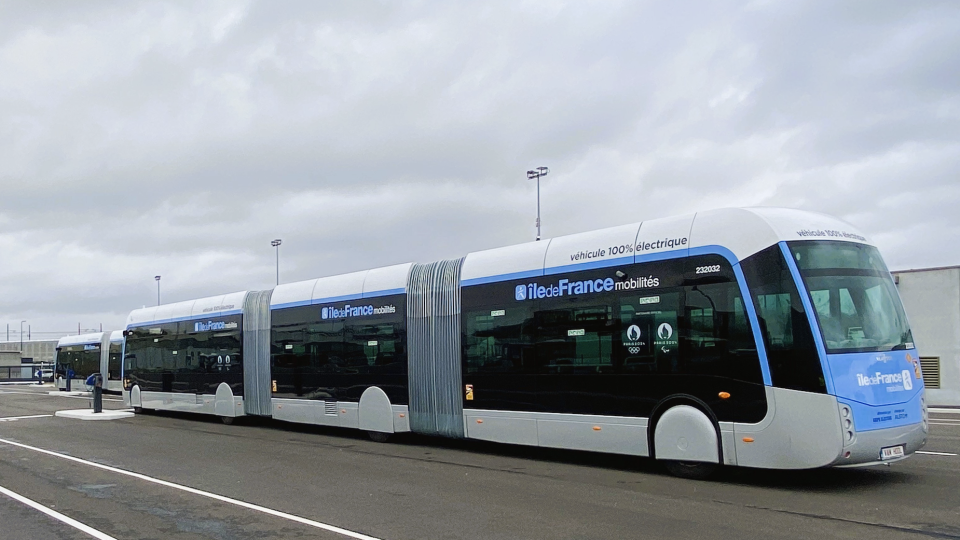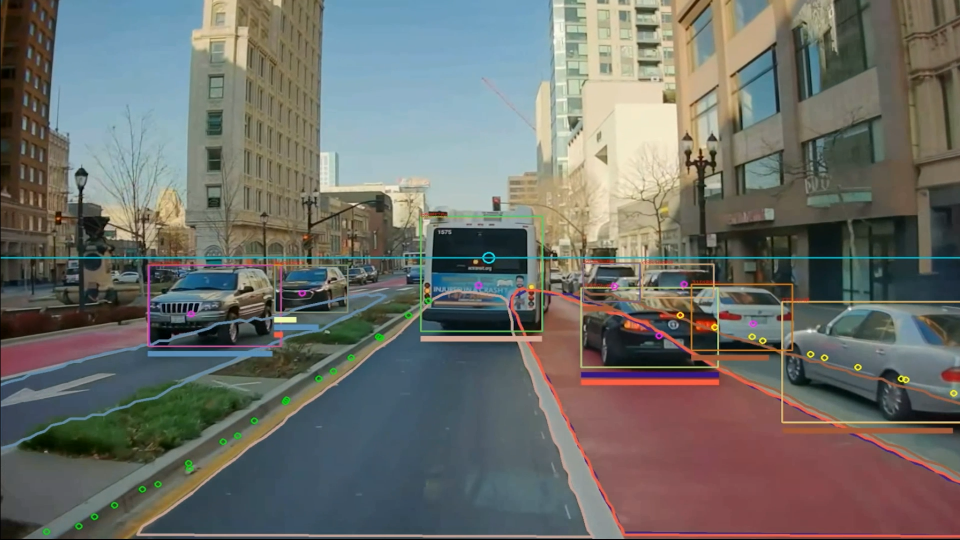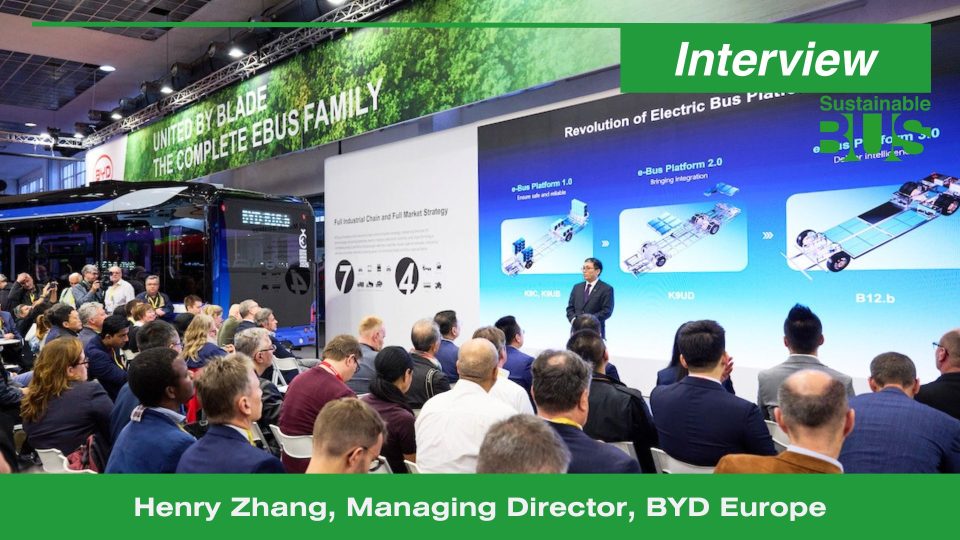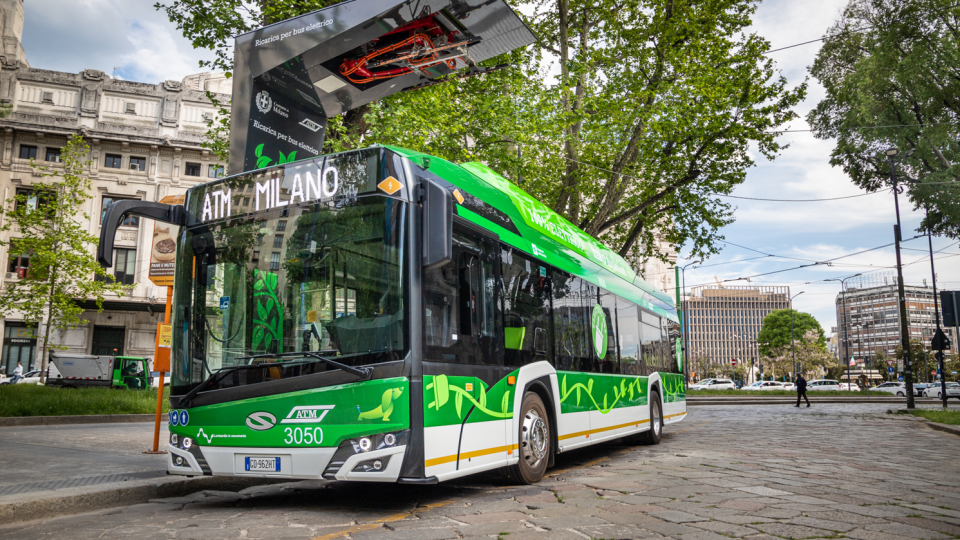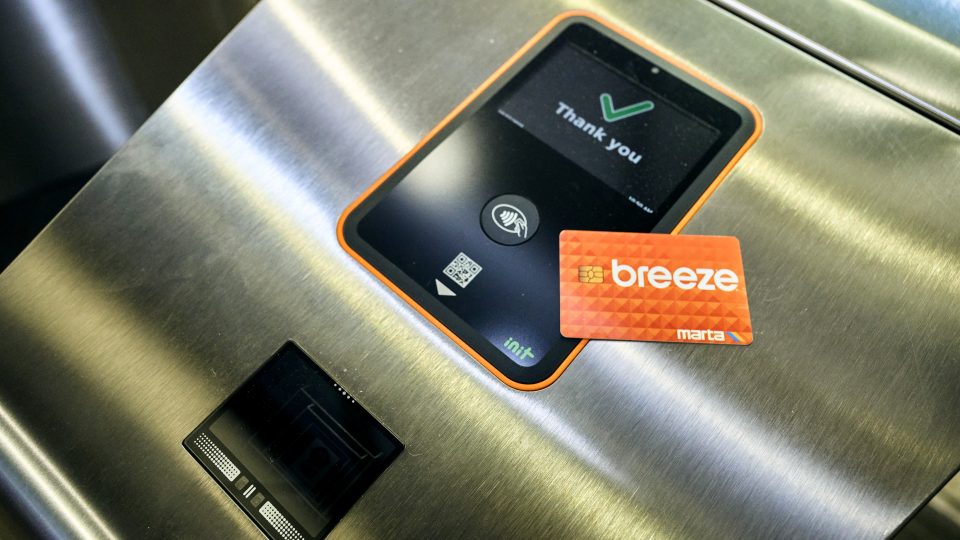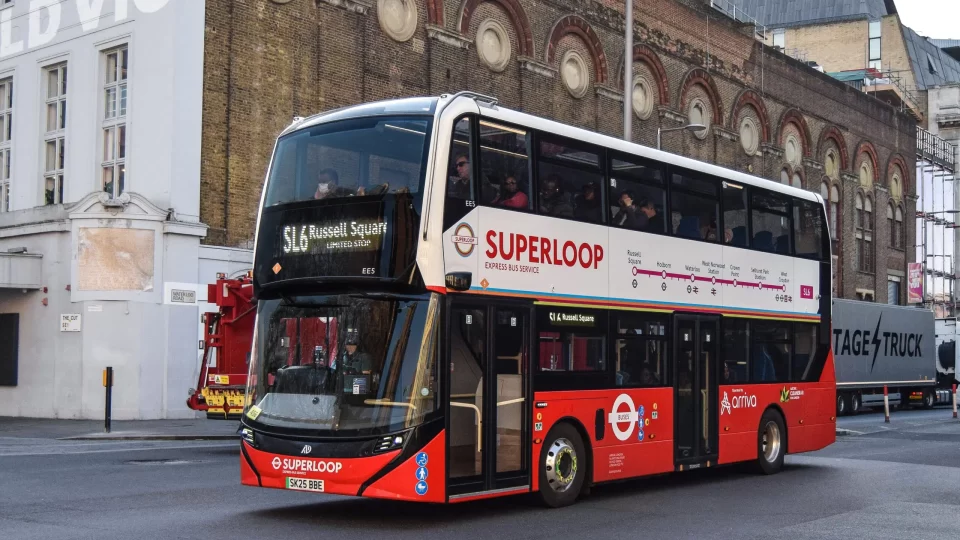Stratio: how to support a profitable and efficient transition to electric buses
By Rune Prytz, head of research at Stratio Public transport companies play a major role in making the achievement of climate goals possible. By electrifying their fleets and by offering a service that is efficient, reliable, and capillary, transport operators have the chance to not only reduce the environmental impact of their vehicles, but also […]
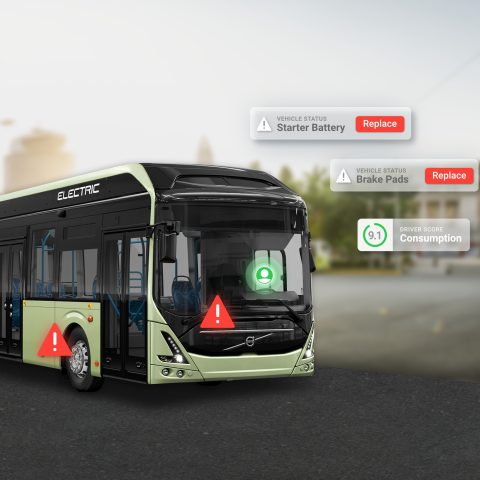
By Rune Prytz, head of research at Stratio
Public transport companies play a major role in making the achievement of climate goals possible. By electrifying their fleets and by offering a service that is efficient, reliable, and capillary, transport operators have the chance to not only reduce the environmental impact of their vehicles, but also to incentivise the public to choose buses over their own cars to move around cities.
The transition, however, still presents significant challenges for public transport operators looking to make the shift profitable.
Stratio on the challenges of transitioning to an electric fleet
Electric buses are, on average, 50% more expensive than a traditional, ICE one. This means that, to break even, public transport operators need to have a proper strategy in place to make sure their vehicles are on the road as much as possible, and that they are traveling longer distances.
Furthermore, EV technology is still relatively new. This means that, if not supported by a solid strategy, the transition to electric vehicles could result incredibly costly and inefficient.
- Lack of charging infrastructure: Electric buses are a relatively new introduction in our cities, which means that charging stations aren’t yet as ubiquitous as gas stations. Local governments are pushing for the installation of charging infrastructure, but it will take some time before this is up to scratch to ensure an optimal and smooth running of public transport operations.
- Lack of information relevant for decision making: Every technological advancement requires an adjustment period during which the appropriate knowledge, derived from research and real-life experience, can be developed. With something as new as EVs, the relevant information for decision making is still being compiled and isn’t nearly as comprehensive as the knowledge that we have on ICE vehicles.
- Difficulties in planning efficient operations: What if the tank of an ICE bus, if not filled correctly, shrank in size over the years, reducing the distance that the vehicle can run without stopping for gas? This is precisely the problem facing public transport operators shifting to electric buses, the range of which depletes over time, making it harder to plan routes that will be suitable for a certain vehicle in two, five, or ten years time. If charged correctly, the battery range can be preserved for longer and the wear and tear of bus batteries reduced, but this requires accurate predictions and real time monitoring of metrics such as usage optimality.
The key to a successful and profitable transition: achieving cost neutrality
To tackle the challenges outlined above, public transport operators need to have a strategy in place to make sure that the transition is not only positive for the environment, but also profitable and viable from an operational standpoint. How?
- Minimise downtime and maximise fleet availability.
To ensure the profitability of an electric fleet, public transport operators can’t afford to have a portion of their fleet off the road – whether in the workshop or unutilised. The best way to maximize vehicle availability is to combine predictive fleet maintenance, remote diagnostics and automated maintenance plans. With predictive fleet maintenance, maintenance teams can plan the servicing of vehicles and the replacement of parts according to real-time vehicle data analysis performed by advanced artificial intelligence and machine learning algorithms, rather than estimates. This reduces the cost of unnecessary maintenance and prevents unplanned downtime caused by vehicle breakdowns. Remote diagnostics complement predictive fleet maintenance by eliminating the need to recall a vehicle from the road to assess and diagnose faults. Maintenance engineers can fully leverage the data under the hood and choose the best course of action with accurate information at hand. The analysis of vehicle faults can be performed remotely, which saves time and resources.
Finally, automated maintenance plans streamline maintenance operations and allow public transport operators to plan vehicle service schedules using real time data and get reminders of when servicing is due.
- Optimize route planning and increase the daily travel distance.
If electric buses, on average, need to run longer distances to allow transport operators to break even on the initial investment, being able to predict the range of batteries becomes of essential importance.
The best way to do so is to monitor the charge of batteries continuously, with a predictive maintenance solution that also offers predictive battery analytics and accurately indicates the current and future range of EV vehicles. With this information at hand, passenger transport providers can better plan routes to extend the distance that electric buses cover each day, accounting for charging points along the route if necessary, and minimizing the time that vehicles spend off the road.
- Extend battery life.
As mentioned above, EV batteries deplete over time. A new bus might be suitable to cover an entire route without having to stop for charging, but after a few years of usage, a charging stop might become necessary for the same vehicle to complete that distance.
With batteries accounting for roughly 40% of the total cost of electric buses, public transport companies should make sure they have full visibility over usage optimality metrics, such as state of charge (SoC) and depth of discharge (DoD). In fact, EV batteries maintain their capacity for longer if the SoC is kept between 20% and 80% and the DoD is lower than 60%. Keeping track of these two parameters can significantly extend the life cycle of electric buses’ batteries and, in turn, lower the total cost of ownership of the vehicles.
- Incentivise adoption with a reliable service.
To ensure the profitability of the transition to electric vehicles, transport operators must increase adoption and incentivise the usage of public transport over that of private cars. The technologies outlined above, such as predictive maintenance, predictive battery analytics, and remote diagnostics, have one, significant added advantage: they improve the trust of passengers in the service, making public transportation a more appealing option.
What if the tank of an ICE bus, if not filled correctly, shrank in size over the years, reducing the distance that the vehicle can run without stopping for gas? This is precisely the problem facing public transport operators shifting to electric buses, the range of which depletes over time, making it harder to plan routes that will be suitable for a certain vehicle in two, five, or ten years time. If charged correctly, the battery range can be preserved for longer and the wear and tear of bus batteries reduced, but this requires accurate predictions and real time monitoring of metrics such as usage optimality.
Rune Prytz, head of research at Stratio
The result: a profitable EV transition that benefits everyone
The challenges of transitioning to electric buses successfully may seem daunting, but they shouldn’t scare public transport operators looking into how they could best adapt their service to this new technology. By planning thoroughly and leveraging technology to maximise fleet availability and eliminate vehicle breakdowns, transport operators can reach a breakeven point much faster and make the transition not only smooth, but also profitable.
With buses that are more comfortable, better for the environment, reliable and affordable, public transport companies can lead the way in creating a more sustainable, zero downtime future that benefits everyone.
